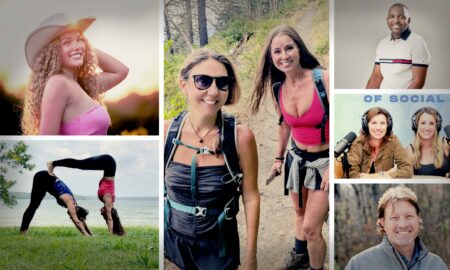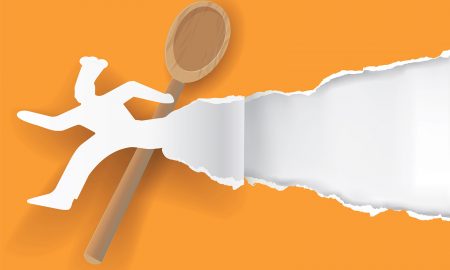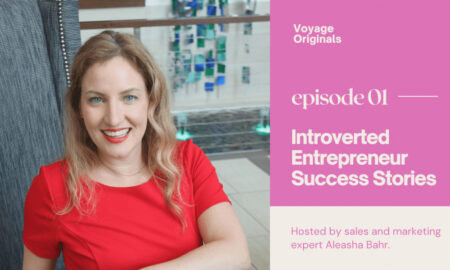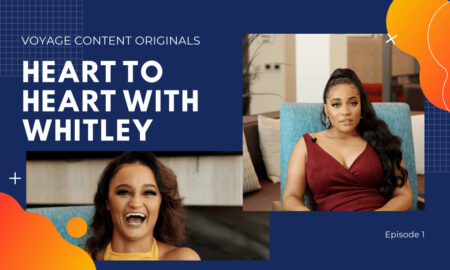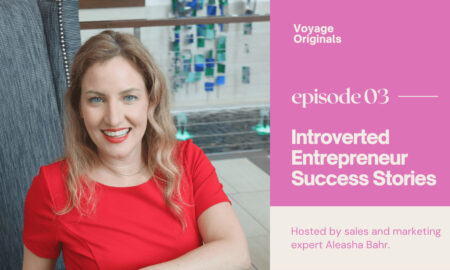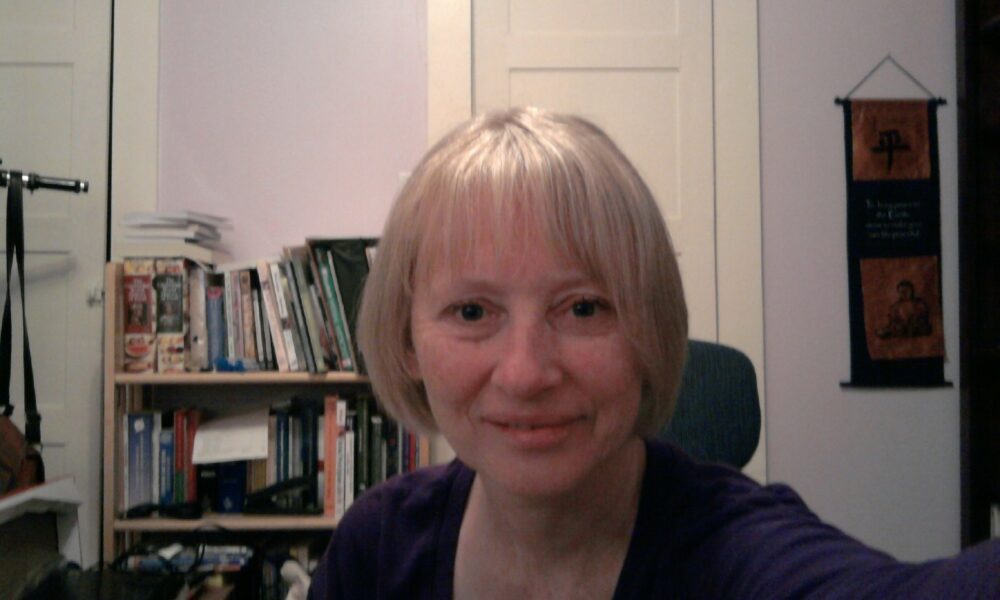

Today we’d like to introduce you to Phyllis Light.
Hi Phyllis, so excited to have you on the platform. So before we get into questions about your work life, maybe you can bring our readers up to speed on your story and how you got to where you are today.
My story begins in the foothills of the Appalachians in northern Alabama and it’s a journey that has taken me all over the Southeast and around the USA. My paternal grandparents were herbal wildcrafters who gathered American ginseng, pinkroot, goldenseal, and other plants from the woods as medicinal aids and for cash money in a tight economy. By the age of 10, I was following them in the woods learning to identify the few plants they harvested but especially American ginseng, often just called “sang.” This was a Light family tradition involving extended family members and so it was quite fun to be included in the group but it was also serious business.
We lived in a deep connection to the land, the climate, and the plants. It was a time when folks grew the majority of their food and relied upon their neighbors for help in a crisis. The techniques of gardening were simple, effective, and traditional. Today, we’d call these methods organic, permaculture, or companion gardening. But truthfully, they were techniques of the poor. How cheap is a horse or cow manure as fertilizer? How cheap is tobacco for insect control especially if you are growing the tobacco?
How fruitful is companion planting of the Three Sisters – corn, beans, and squash – learned from the circle gardens of the Native Americans? Corn goes in the middle of the hill, beans are planted outside the corn, and squash is planted outside the beans. The corn stalk supports the beans as they climb, the beans fix nitrogen for the corn, and the big leaves of the squash hold moisture in the soil. Totally ingenious!
These gardening techniques were a fusion of cultures coming together in the South from many lands — Indigenous, British Isles, especially the Scots-Irish, Europe, and Africa. The common denominator binding these cultures together was isolation, poverty, and living on the Land,
And the fusion of cultures didn’t just include gardening and food, but also the gathering of herbs and healing practices. For many people, this was all they had, all they could afford. Today, we might call them home remedies and visit our local health food store or retailer for the herbs we need. Today, these herbs might come in capsules instead of home-cooked herbal infusions or decoctions. But the herbs used are the same herbs being used for the same reasons as they were 300 or more years ago. If it ain’t broke, don’t fix it. Herbs that work stay in the repertory. Herbs that didn’t work, just drop out of use.
What we know today about local or native herbs was learned from the Native Americans of the region. It was their land first and these were their plants. They had been using these plants for food and medicine for hundreds or thousands of years before they became popular on the store shelf. I think people forget this sometimes. If you are using black cohosh for hot flashes, you are using it based on Native uses. If you are using echinacea to boost the immune system or fight an illness, you are using it based on Native uses. If you are using goldenseal for intestinal issues, you are using it based on Native uses. It is a debt we all owe.
As an adult, I’ve relied upon those early lessons in herbalism as the foundation of my studies and a career that has now spanned more than 30 years. Along the way, I studied with other Appalachian folk herbalists such as the late Tommie Bass, a nationally renowned folk herbalist from Sand Rock, Alabama, as well as other herbal elders throughout the Appalachians and the Deep South.
One of my goals is to bring information about the healing potential of herbs, foods, and plants to the wider world. I want to function as a bridge between tradition and science to be able to help the most people possible. What did folks do before there were modern drugs? They used plants. Now plants aren’t going to take the place of antibiotics in acute infection or insulin in type 1 diabetes, but they do offer many benefits in helping maintain good health and in chronic health issues. We all may need to visit our doctor at some point and should as needed. But there are many avenues to health, and herbs and foods are certainly important ones. Along this journey, I realized that some folks just can’t afford to go to the doctor. I also realized that medical professionals knew next to nothing about the healing benefits of herbs and foods. How could I bring information to these folks?
With this in mind, I realized a more conventional education would be helpful to go along with the oral teachings of Southern folk medicine, I received a master’s degree from the University of Alabama in Health Studies, education and promotion, nutrition, and healthcare. I have taught integrative CEU classes for allied healthcare professionals including nurses, nurse practitioners, physical therapists, occupational therapists, and social workers. I am a professional member of the American Herbalist Guild and served as vice president and member of the admissions committee. In addition, I am on the board of directors of the American Naturopathic Certification Board and sit as education director.
Working in both clinical and private settings has included integrative medical clinics in Birmingham and Huntsville, Alabama. After Hurricane Katrina, I volunteered at Common Ground Health Clinic in New Orleans and was supervising herbalists to four amazing herbal volunteers. For ten years, I was director of herbal studies at Clayton College of Natural Health and wrote courses for Penn Foster Career College and Ashworth College. In order to help more people, I studied exercise science, massage therapy, reflexology, sports medicine, and energy medicine.
Currently, I am the director of the Appalachian Center for Natural Health in Arab, Alabama, which offers both online classes and in-person workshops. www.phyllisdlight.com. I continue to maintain an active private practice and help folks with their health. I am also on the faculty of the Matthew Wood Institute of Herbalism.
In order for people to understand the significance and benefit of folk medicine and its unique history in the South, I authored the book Southern Folk Medicine, Healing Traditions from Appalachian Fields and Forests published by North Atlantic. I am the co-author of Traditional Western Herbalism Pulse Evaluation with Matthew Wood and Francis Bonaldo. I have also contributed to various anthologies published by Plant Healer Publications and have written articles for various natural health online magazines and journals.
But at the foundation of all this, always…. are the plants and the land. I still wonder, have I done enough? Have I gotten the information to the people who need it? I hope so.
Alright, so let’s dig a little deeper into the story – has it been an easy path overall, and if not, what were the challenges you’ve had to overcome?
It hasn’t always been a smooth road, but that’s just life. Who has a smooth road these days? I was called to an unconventional career and so I sometimes struggled financially trying to help people and save some aspects of folk medicine for the future while raising five kids. But it was a Calling and I could do no less. But at the same time, my kids know how to eat healthily, how to keep a house clean, and how herbs can help. They’re all grown now and make their own choices, but at least they have that foundation to call upon.
The road, the journey, hasn’t ended yet. I’m still traveling forward.
Thanks – so what else should our readers know about your work and what you’re currently focused on?
I strive to teach people about traditional, science-based, and holistic techniques that help maintain or improve health. I offer this educational information through individual consultations, classes, and writing. I don’t believe our health has to be based on one system or the other. We should be able to utilize the best of both.
If we knew you growing up, how would we have described you?
Growing up, I was a total tom-boy who loved playing baseball, basketball, and most any sports. I’m not saying I was good but just loved moving my body, working with a team, and competing.
I also loved science-fiction and fantasy and still do. Star Trek, Star Wars, and Lord of the Rings and read books of these genres with a ferocious appetite. But most of the time was spent in working the garden and the cotton fields, We were poor and all had to help out, age was no excuse.
Contact Info:
- Website:www.phyllisdlight.com
- Instagram: https://www.instagram.com/phyllisdlight/
- Facebook: facebook.com/phyllis.d.light
- Youtube: https://www.youtube.com/channel/UCvVbNiM286w9xO8fgM5iUYg
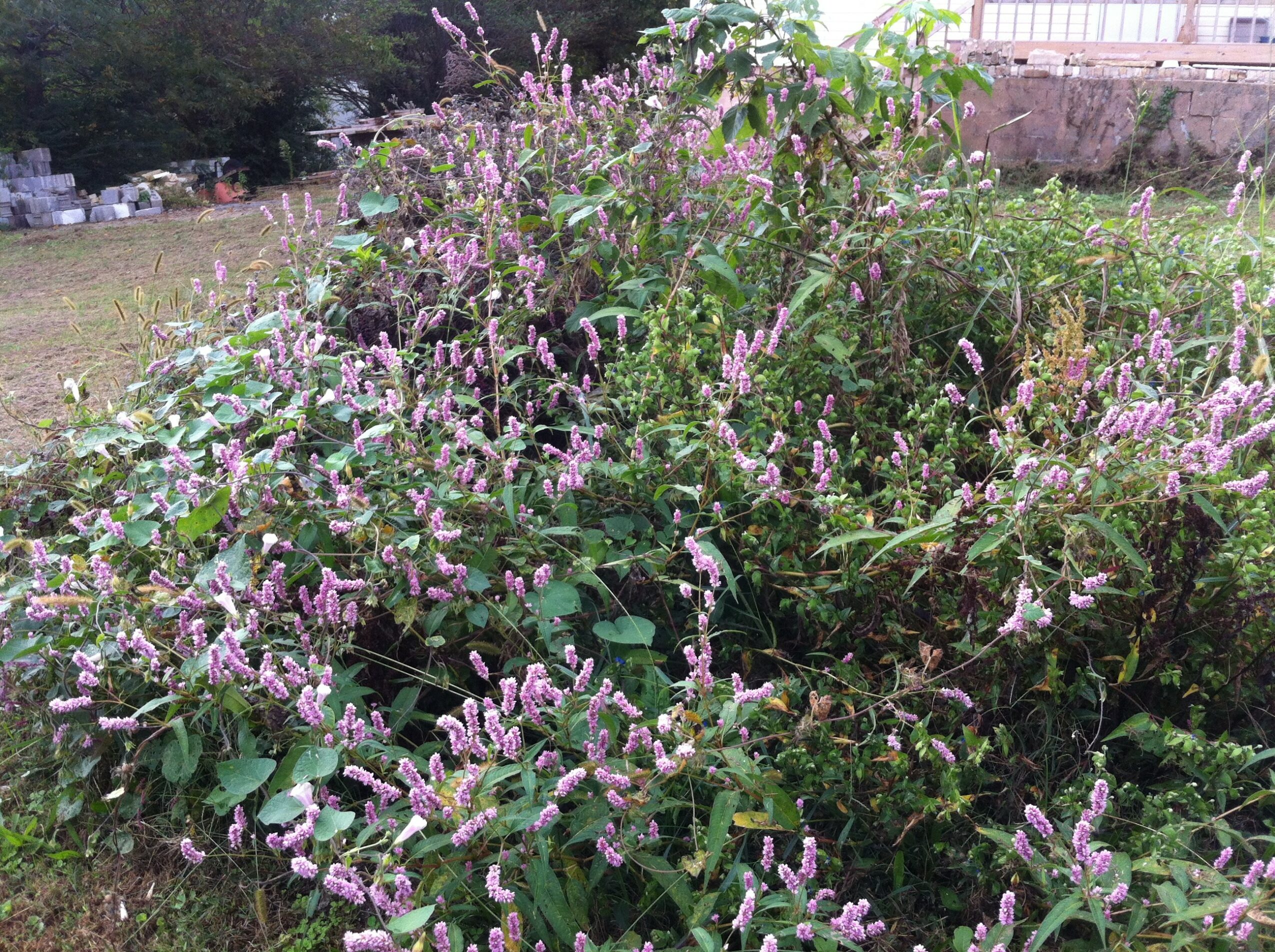
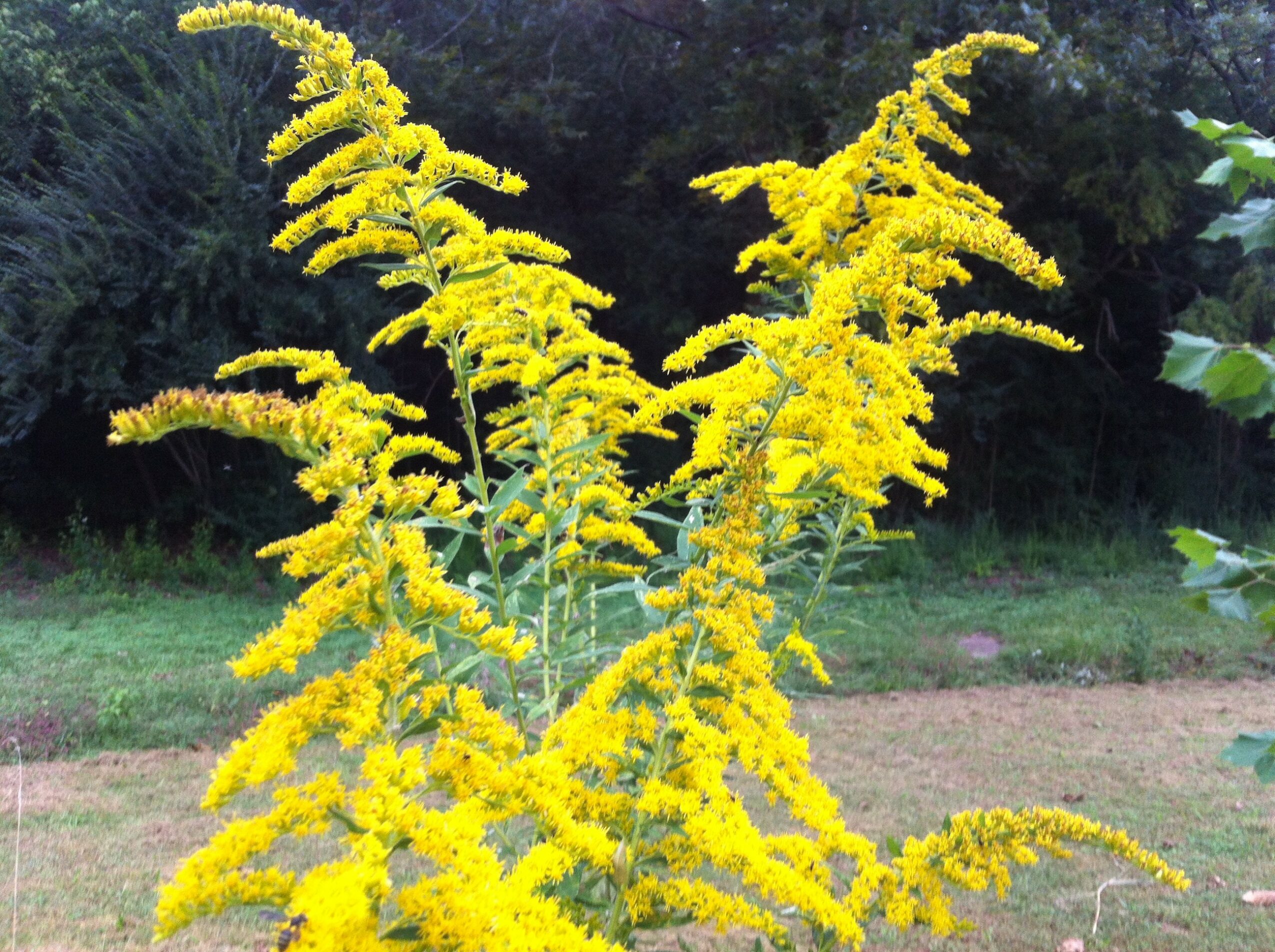
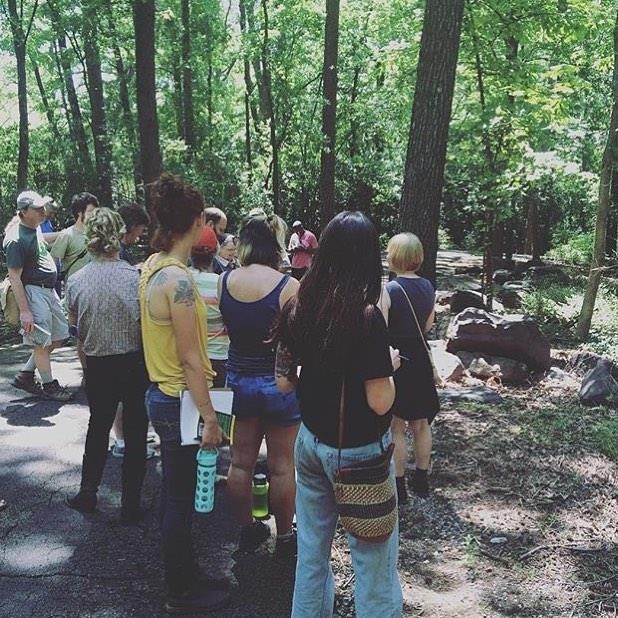
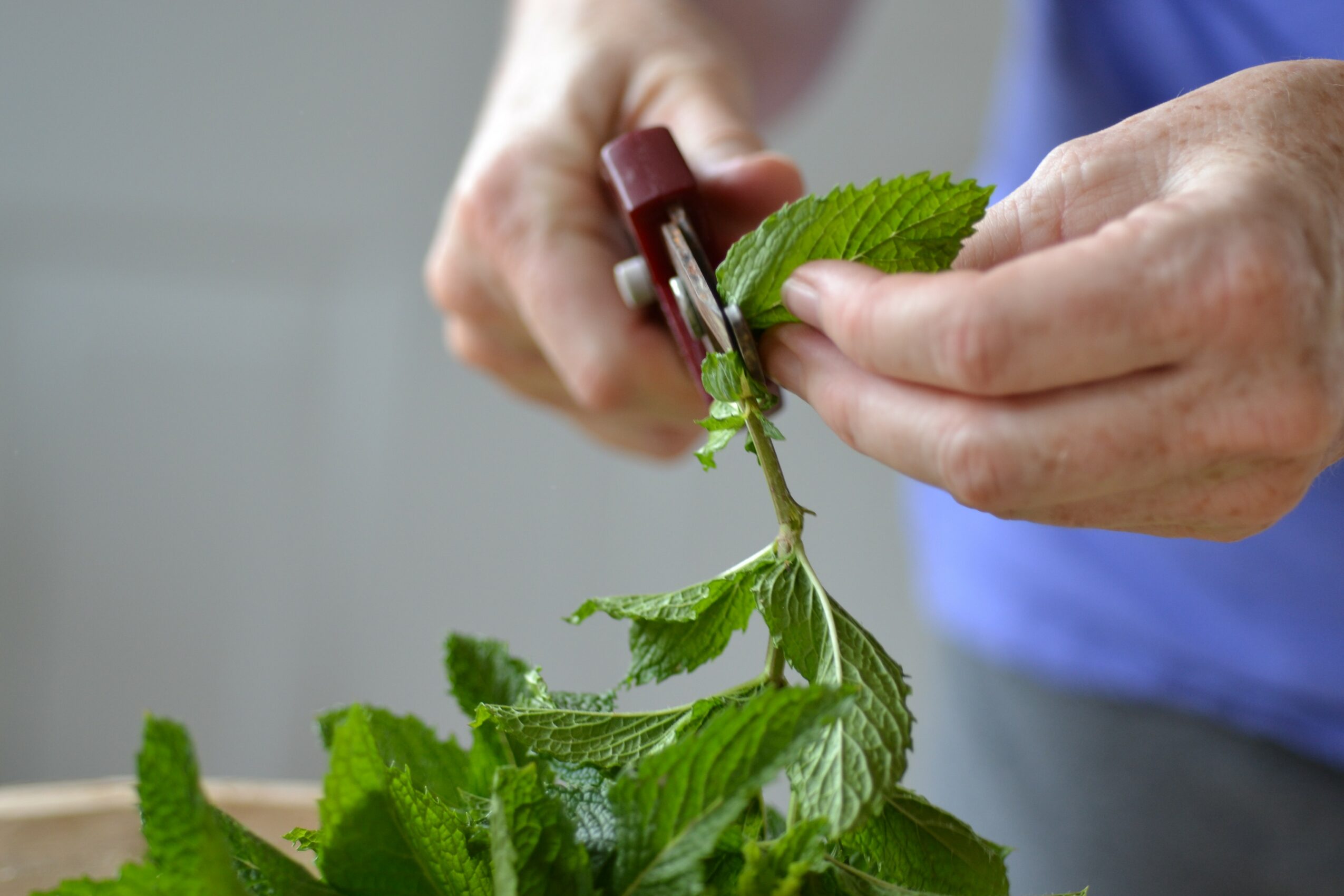
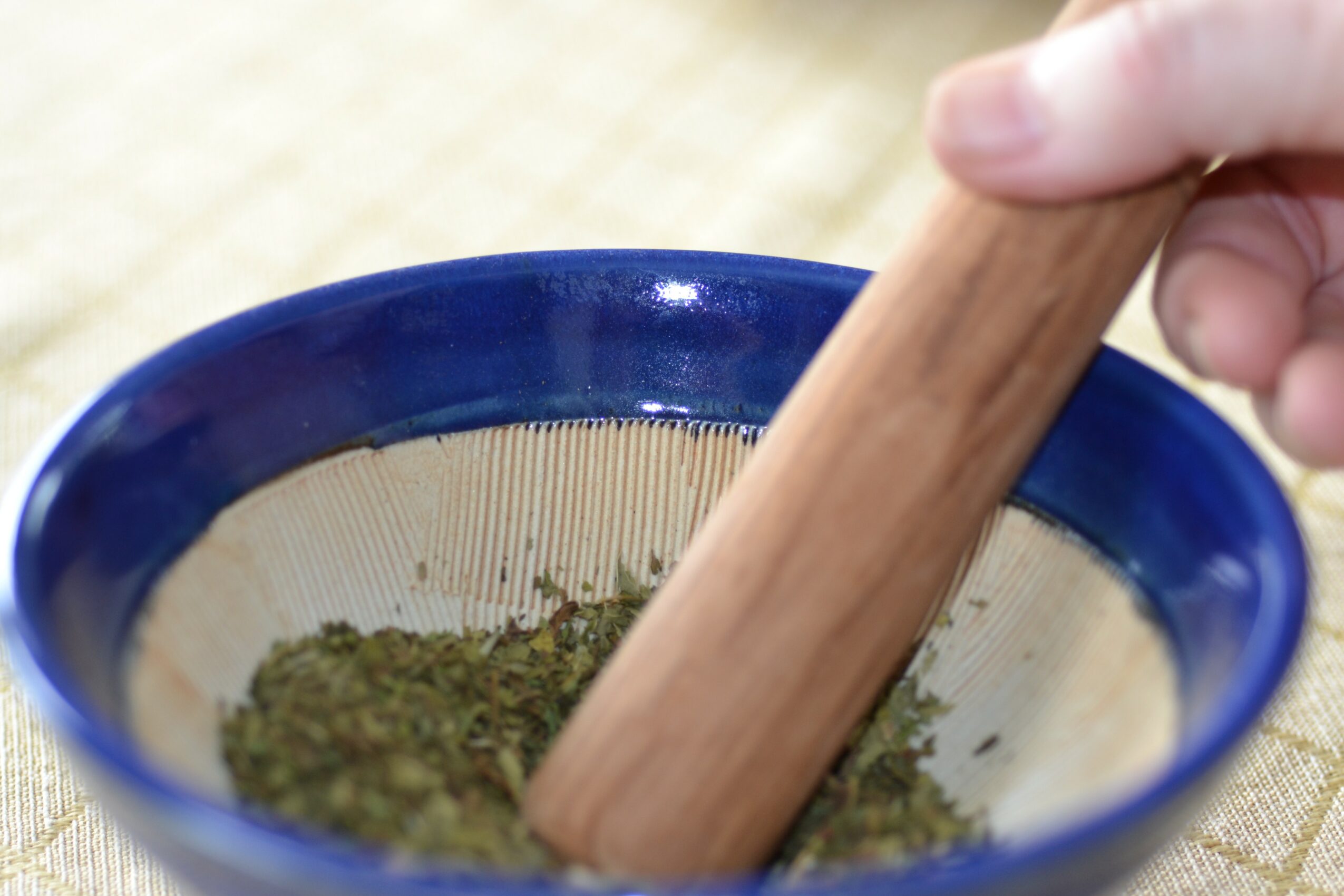
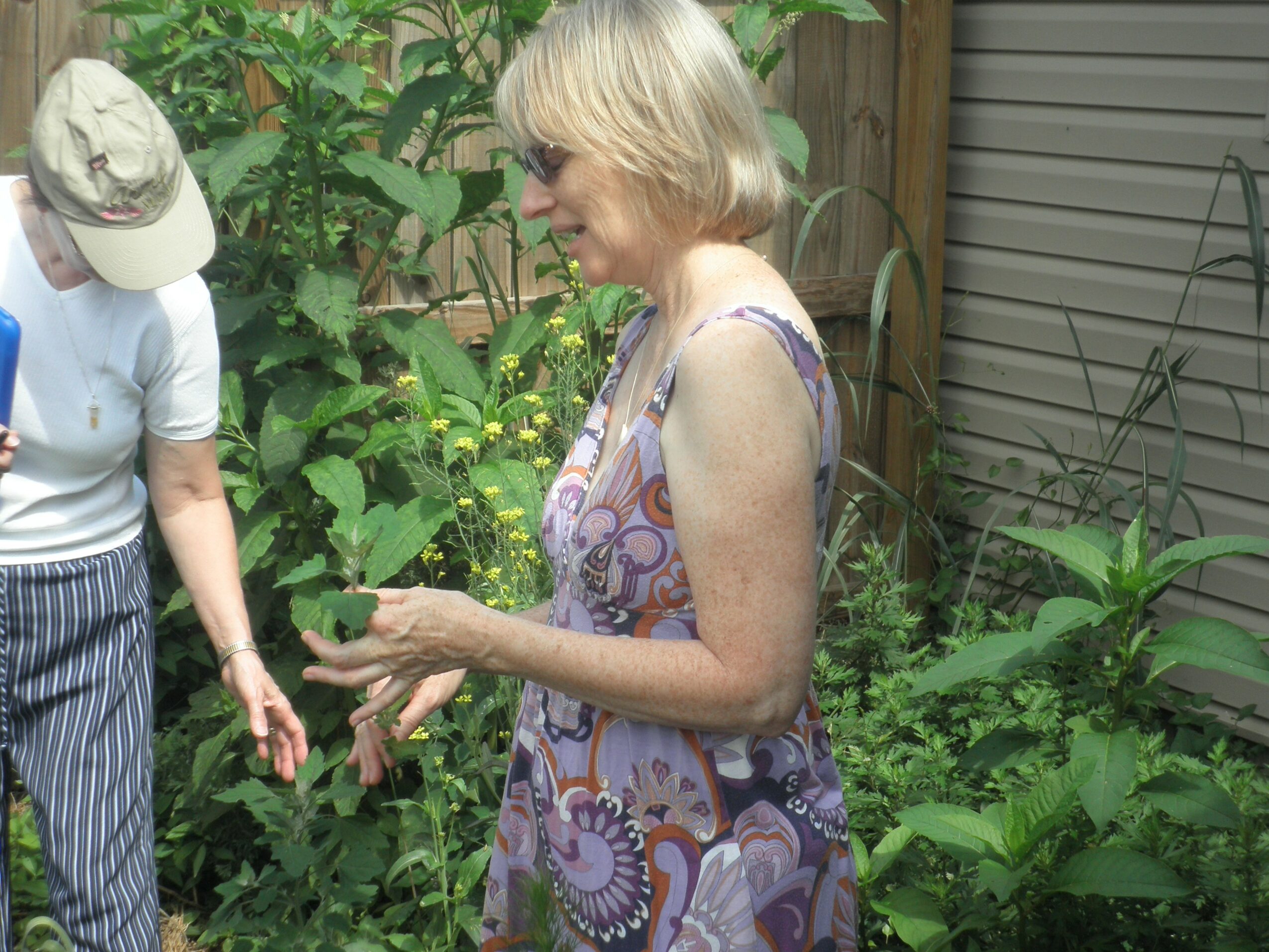 Image Credits
Image Credits
Phyllis D. Light and Raven Light-Priest

